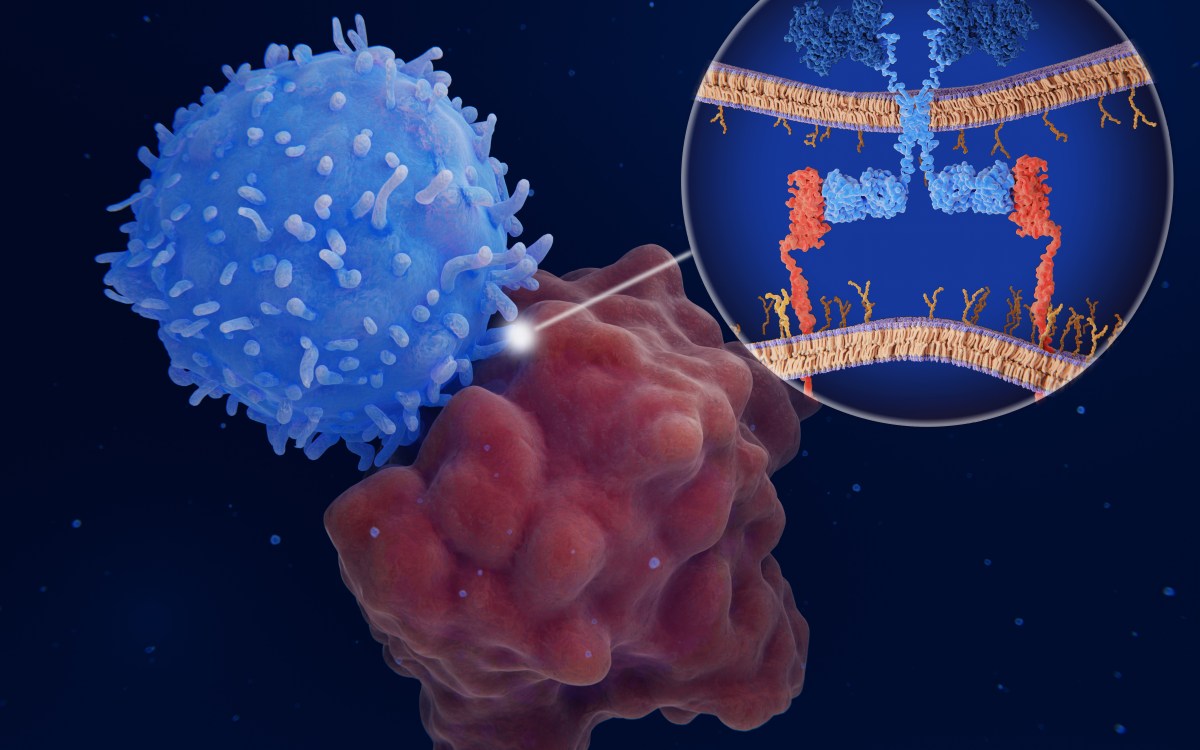Bridging the gap between decision science and the battlefield
The U.S. Army invaded the Harvard Decision Science Laboratory one day earlier this month (March 3). A group of 16 cadets served as study subjects to help inform researchers on the ways in which opinions are formed and decisions are made by young military leaders. The session was organized by the lab’s executive director Mark Edington at the behest of Army Col. Kevin Felix, a National Security Fellow at Harvard Kennedy School (HKS).
Felix fostered the collaborative effort after attending a briefing at the lab in August under the direction of Director Jennifer Lerner, professor of public policy and management, and after attending a class taught by adjunct lecturer Christopher Oveis, who is a postdoctoral fellow at the lab.
“I believe collaboration with academic centers of excellence in decision science is the way forward for the Army,” Felix said. “We need to help shape and guide the science to see where it might take us in helping to increase awareness of self and of others, and to determine how emotion impacts how we act and how we decide. This understanding of self can improve soldiers’ decision making in their personal lives, and in how they approach decisions from the tactical through strategic level.”
Among other things, the cadets were asked to identify emotion on faces that would flash before them on the lab computer screens, answered a series of questions relating to risk tolerance/avoidance, and were tested for their capacity to frame decisions and their tendency to continue pursuing a failing course of action, all of which relate to their roles and responsibilities on the battlefield.
“Decision science could play a big role in our current military operating environment, in which the mission of counter-insurgency involves increased personal interaction with locals, as part of the effort of separating the population from the enemy,” Felix said. “Understanding emotion recognition is just one way in which the study of emotions, within the space of decision science, could provide real clues to how to win within the non-kinetic human dimension of the warfighters’ mission.”





